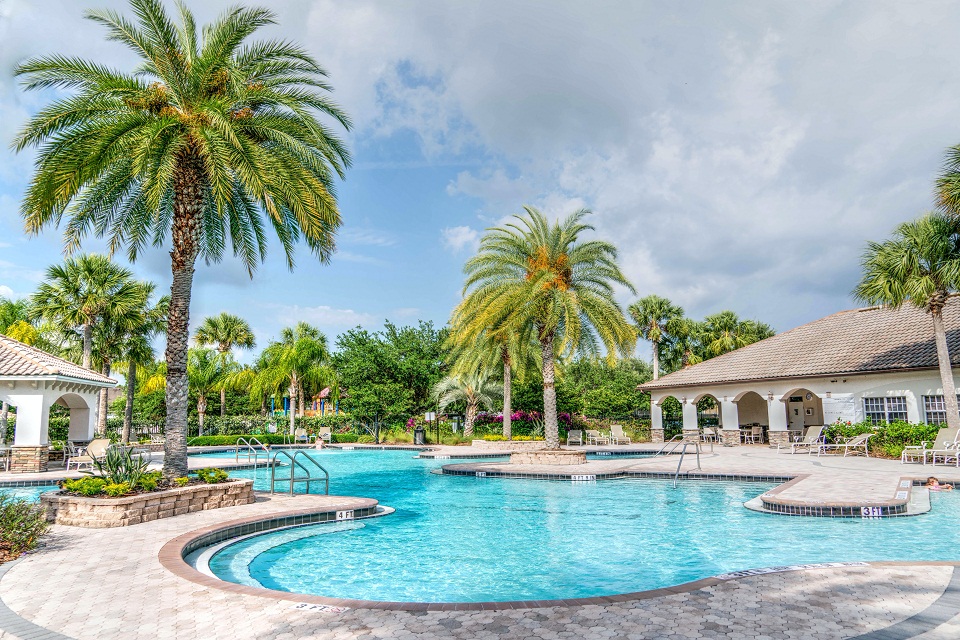
Fibreglass Pools Vs Concrete Pools
Having a swimming pool instantly transforms your compound and lifestyle. Your pool will become the centre of your house, especially during the hot summer months. Friends and family will gather around more, and you will get to relax and make fun memories. Swimming pools will improve your property value as well. The only question is whether to get a concrete pool or a fibreglass pool one? A concrete swimming pool is a pool constructed of concrete. A fibreglass swimming pool is a manufactured fibreglass shell pre-built on existing moulds. The answer depends on many factors which I will outline here.
-
Cost Factors
Building a concrete pool will cost more as it takes a lot longer for the tradesmen to get that appealing design work. Long-term maintenance is also expensive for this kind of pool as it requires regular cleaning and chemical treatment. Concrete can also wear faster, so may require regular repair work.
Fibreglass pools cost approximately 20% less to install than concrete. Ongoing costs are also lower due to less maintenance, less chemical requirements, and lower energy consumption.

-
Installation and Customization
A concrete pool is built from scratch on-site, first by constructing a metal lattice framework and then spraying layers of concrete onto it. It takes 3–6 months to construct this type of pool. This is because it must be left to set before adding the finishing coating of tiles or plaster.
Fibreglass comes pre-fabricated, installation requires on-site excavation of the area, insertion of the pool shell, and connecting the filtration systems, heating, lighting, etc. However, this means that they are limited in their size and shape options. If you include the installation of the deck area, the process usually takes 3- 5 weeks.
-
Interior surface texture
The interior surface of a fibreglass pool is called the gel coat. Steps or ledges are designed to have an anti-slip texture, and they are smooth to the touch. The material also acts as a natural insulator, holding heat for longer. The gel coating is smooth and non-porous, which keeps mould and algae at bay. That means there is less cleaning, fewer chemicals and less energy consumption, so there’s a smaller carbon footprint.
A concrete pool can be custom made to be any size or shape. The finishing can come in a variety of textures and colours as well. Plaster is the roughest interior surface for concrete; it gives you a strong grip, but it could also scrape your skin. Tile is the smoothest finish, but also the most expensive.

-
Durability
Fibreglass and concrete are both long-lasting materials, but concrete pools are weak against salt and need to be refinished. If you use a salt-chlorine generator, the dissolved salt in the water will further shorten the life expectancy of a plaster-based interior finish. Concrete pools may also require repair work at some point in its life span due to natural wear and tear.
Fibreglass gel coat finish and the pool structure itself are super durable. You can also use a salt-chlorine generator for low maintenance and silkier water, as the salt has no harmful effect on the fibreglass shell.
Conclusion
The choice you make over the pool you choose depends on the characteristics mentioned above. Fibreglass pools have the advantage of its durability, quick to install and easy to look after. Concrete pools will work well because of its flexibility and customization in its size, finishing, colour and design. However, they have a longer installation process, are more expensive to install and maintain, plus they will need resurfacing every 15 years or so.




